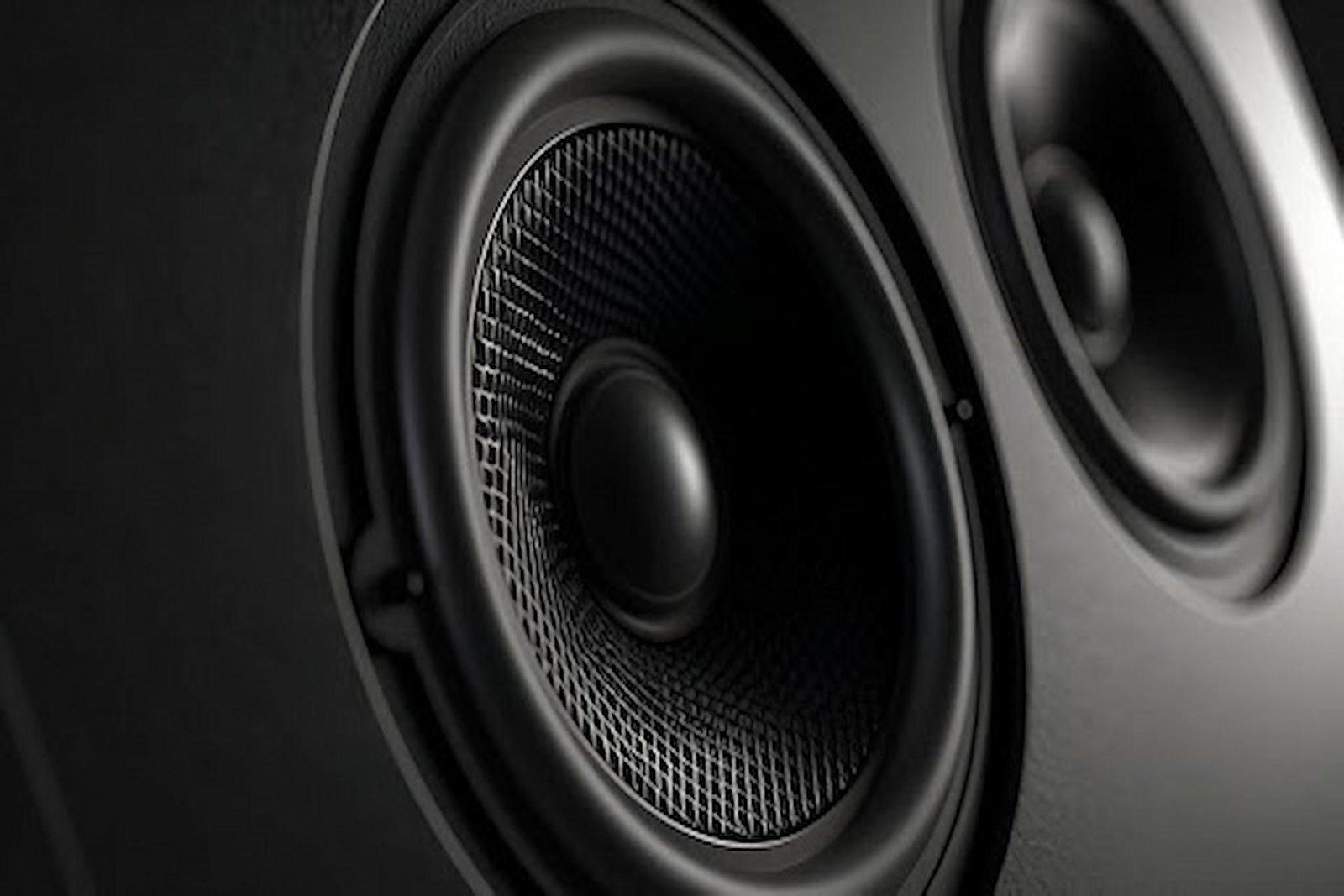
Have you ever found yourself cruising down the highway, only to be disappointed by the lackluster sound coming from your car’s speakers? Do you yearn for a more immersive audio experience that can transform your daily commute or road trip into a musical journey? If so, you’re not alone. Many car enthusiasts and music lovers are constantly seeking ways to enhance their driving experience through superior sound quality.
The importance of high-quality car speakers in elevating your time behind the wheel cannot be overstated. Whether you’re a casual listener or an audiophile, the right set of speakers can make all the difference in how you perceive and enjoy your favorite tunes. But with so many options available in the market, how do you navigate the sea of choices to find the perfect audio solution for your vehicle?
This comprehensive guide is designed to answer that question and more. We’ll take you on a journey through the world of car audio, exploring everything from the basic components that make up a high-quality speaker to advanced considerations for creating the ultimate sound system. By the end of this article, you’ll be equipped with the knowledge to make an informed decision about upgrading your car’s audio setup, ensuring that every drive becomes a concert on wheels.
Understanding Car Audio Basics: What Makes a Speaker ‘High-Quality’?
When delving into the world of car audio, it’s crucial to understand what sets a high-quality speaker apart from the rest. At its core, a car speaker is composed of several key components, each playing a vital role in producing clear, rich sound. The woofer, typically the largest part of the speaker, is responsible for reproducing low to mid-range frequencies. Tweeters, on the other hand, handle the high frequencies, adding clarity and detail to the audio output. In more advanced setups, you might also find midrange drivers that specialize in reproducing the middle frequencies of the audio spectrum.
But what truly defines a high-quality speaker goes beyond just its components. Factors such as frequency response, sensitivity, and power handling all contribute to the overall performance of a speaker. Frequency response refers to the range of sounds a speaker can reproduce, with wider ranges generally indicating better quality. Power handling capabilities determine how much power a speaker can handle without distortion, an important consideration for those looking to crank up the volume.
Understanding these technical aspects can seem daunting at first, but they form the foundation of what makes a speaker truly high-quality. As we progress through this guide, we’ll explore how these factors interact and what to look for when evaluating different speaker options. By familiarizing yourself with these basics, you’ll be better equipped to make an informed decision that aligns with your audio preferences and vehicle specifications.
Assessing Your Car’s Audio Needs
Before diving into the world of high-end car speakers for sale, it’s essential to take a step back and assess your vehicle’s specific audio needs. Every car is different, and what works for a compact sedan may not be suitable for a spacious SUV. The first consideration is your vehicle’s make and model. Different cars have varying speaker layouts, sizes, and power systems, which can significantly impact your upgrade options.
Start by examining your car’s current audio setup. Take note of the number and location of existing speakers, their sizes, and how they’re powered. Are you working with a basic factory system, or do you already have some aftermarket components in place? Understanding your starting point will help you identify areas for improvement and guide your decisions moving forward.
Consider your listening habits and preferences as well. Are you a bass enthusiast who craves deep, thumping lows? Or do you prioritize clarity and detail across the entire frequency spectrum? Your musical tastes and desired audio experience will play a crucial role in determining the type of speakers that will best suit your needs. By taking the time to assess these factors, you’ll be better prepared to make choices that align with both your vehicle’s capabilities and your personal audio goals.
Types of Car Speakers: Finding Your Perfect Match
When it comes to car speakers, one size does not fit all. Understanding the different types available can help you make an informed decision that aligns with your audio goals and vehicle specifications. The two main categories of car speakers are component speakers and coaxial speakers, each with its own set of advantages and considerations.
Component speakers are the go-to choice for audiophiles and those seeking the highest level of sound quality. These systems separate the woofer, tweeter, and sometimes midrange drivers into individual units, allowing for optimal placement within the car for the best possible sound staging. While they offer superior audio performance, component systems typically require more complex installation and can be more expensive than their coaxial counterparts.
On the other hand, coaxial speakers, also known as full-range speakers, combine the woofer and tweeter (and sometimes a midrange driver) into a single unit. These are easier to install and generally more budget-friendly, making them a popular choice for those looking for a straightforward upgrade from factory speakers. While they may not offer the same level of audio precision as component systems, high-quality coaxial speakers can still provide a significant improvement in sound quality for many listeners.

Size Matters: Choosing the Right Speaker Dimensions
When it comes to car speakers, size is more than just a number – it’s a crucial factor that can significantly impact both sound quality and ease of installation. Understanding standard speaker sizes for different car models is essential in ensuring a proper fit and optimal performance. Most vehicles are designed to accommodate specific speaker sizes, typically ranging from 3.5 inches to 6×9 inches, with 5.25 inches and 6.5 inches being common in many cars.
The impact of speaker size on sound quality is multifaceted. Generally, larger speakers are capable of producing deeper bass and higher volume levels due to their ability to move more air. However, this doesn’t necessarily mean that bigger is always better. Smaller speakers can often provide clearer, more precise mid and high frequencies, which are crucial for vocal clarity and instrumental detail.
When considering speaker size, it’s important to balance your desire for audio performance with the practical constraints of your vehicle. While it might be tempting to opt for the largest speakers possible, installing oversized speakers can lead to fitment issues, potential damage to your car’s interior, and even compromised sound quality if not properly integrated. Always consult your vehicle’s specifications or a professional installer to determine the ideal speaker sizes for your particular make and model.
Power and Compatibility: Ensuring Optimal Performance
When selecting high-quality car speakers for sale, one of the most critical aspects is ensuring they are compatible with your vehicle’s audio system and can handle the power output effectively. Matching speaker power ratings with your car’s audio system is essential for achieving optimal performance and preventing damage to your new speakers. If you’re looking for options, there are many car speakers for sale that cater to various power ratings and vehicle types.
When examining speaker specifications, you’ll encounter two key power ratings: RMS (Root Mean Square) and Peak power. RMS represents the continuous power a speaker can handle, while Peak power indicates the maximum power it can withstand in short bursts. It’s crucial to focus on the RMS rating, as this gives a more accurate representation of the speaker’s real-world performance capabilities.
The role of amplifiers in enhancing speaker performance cannot be overstated. While many factory head units can power aftermarket speakers adequately, adding a separate amplifier can significantly improve sound quality, especially for high-performance speakers. Amplifiers provide cleaner, more powerful signals to your speakers, allowing them to operate more efficiently and produce clearer, more dynamic sound. When selecting an amplifier, ensure its power output matches or slightly exceeds your speakers’ RMS ratings for the best results.
Conclusion
As we conclude this comprehensive guide to selecting high-quality car speakers, it’s clear that the journey to audio excellence is both exciting and nuanced. We’ve explored a wide range of factors that contribute to superior sound quality, from understanding the basic components of speakers to considering advanced installation techniques and future-proofing your audio system.
Remember, the key to finding the perfect speakers for your car lies in balancing your audio aspirations with practical considerations. Whether you’re a casual listener looking for a simple upgrade or an audiophile aiming for studio-quality sound on wheels, there’s a solution out there that fits your needs and budget.
As you embark on your quest for the ultimate car audio experience, keep in mind the importance of research and, if possible, hands-on testing. Don’t hesitate to seek advice from professionals or fellow enthusiasts, and always consider the long-term value of your investment. With the right approach and armed with the knowledge from this guide, you’re well on your way to transforming your daily drives into immersive musical journeys.
So go ahead, take the plunge, and elevate your car audio experience. Your favorite songs, podcasts, and audiobooks are waiting to be rediscovered through the clarity and power of high-quality speakers. Happy listening, and may your roads always be filled with the sweet sounds of audio perfection!




